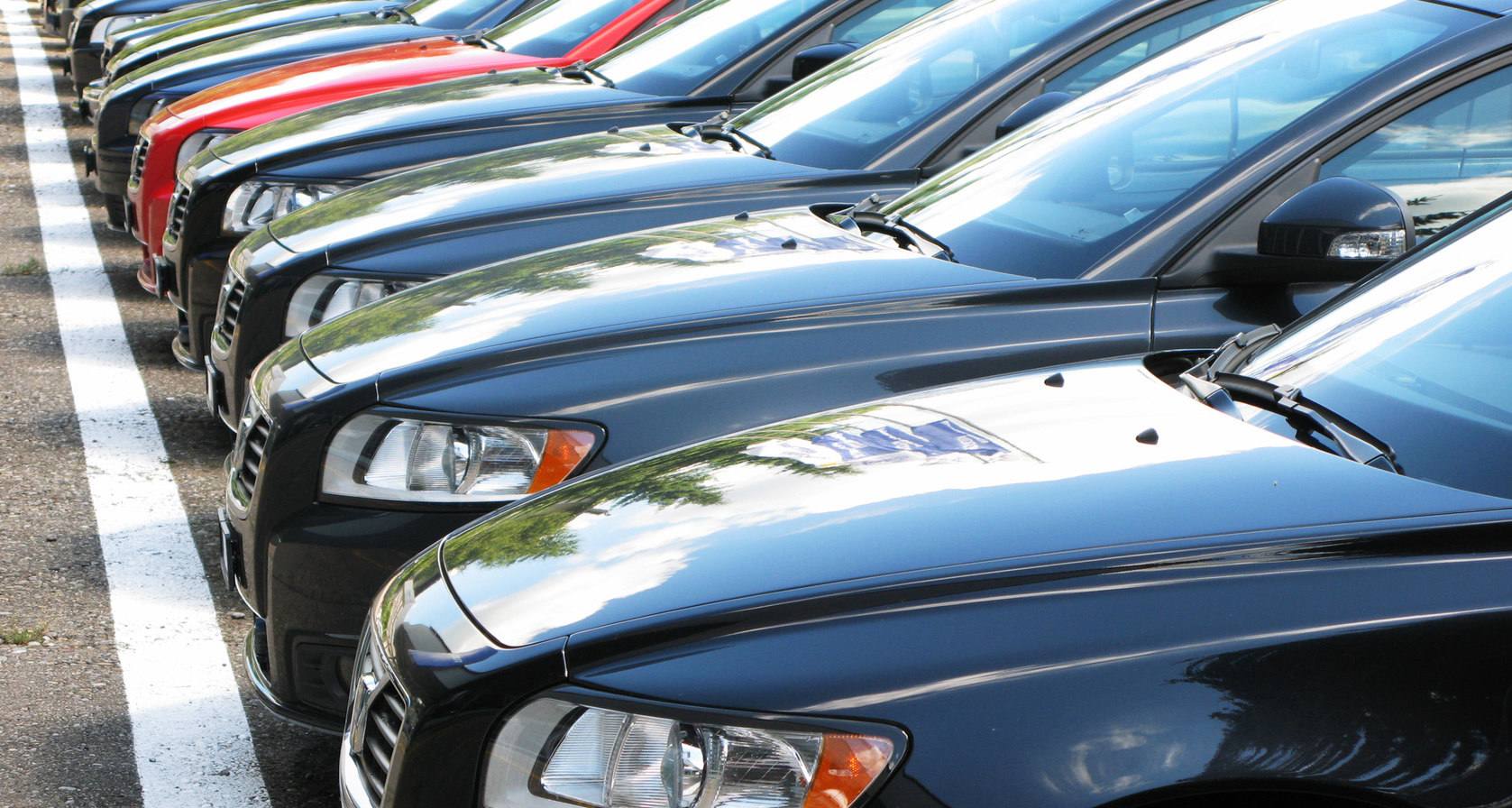Many of us will find ourselves walking around the parking lots of a used car dealership at some point in our lives. The reality is that although these vehicles are second hand, it is possible and easy to find used cars that are still in excellent condition. When buying a used car, it is important to complete a thorough check of the vehicle’s quality prior to committing to the purchase. The car may look beautiful and shiny from the outside but it may well be hiding some serious technical problems. This article will provide some handy tips on inspecting used cars at dealerships. Making sure you inspect the vehicle extensively at the dealership will save you a fortune! After all, even though you are protected from investing into a vehicle with unknown problems, it’s not a hassle anyone wants to deal with.
It’s What’s on the Inside AND the Outside that Counts
Before we go into any technical mumbo jumbo relating to checking specific car parts, it’s important to start your used car inspection with a general overview of the quality. From the outside perspective, you want to make sure that there are no dents, serious scratches or signs of rust. This includes UNDER the car and around the wheels so feel free to whip out your flashlight and roll around on the floor. Nevermind the judgemental looks, you don’t want a car that is rusting and falling to pieces!
Inside the car, you want to check the general housekeeping – no ripped up carpets, destroyed chairs, etc. From there, tinker around with the various features to make sure that they are all functioning as they should do. This refers to the radio and stereo system, the interior lights, etc.
Check for Legitimacy and Any Sketchiness
You want to do a little background check on the car before driving off into the sunset with it. This isn’t just necessary for ensuring that you don’t wind up with a stolen car or a former getaway vehicle (!) but also to ensure that you have complete visibility on any past damage or repairs. If a car has had a tumultuous history, the dealer or the previous owners may try to cover some of that up. First and foremost, try and locate the user’s manual. Is it missing or present and intact? Secondly, check the car’s service history. If there are large gaps or the car has no service history whatsoever then that is a major screaming red flag.

Inspect the Tires
The mileage of the car may be one indicator of how much use the vehicle has gotten, but so too are the tires. Not to mention, they are a dead giveaway with regards to how well the car has been treated and the sort of things it has been subject to. When inspecting the tires, you want to have a look at the general condition first of all. The tires should be worn evenly and free from any bubbles, cracks, cuts, etc.
Check the Engine
Flip up the bonnet of the car and have a look inside to make sure that everything appears to be in order. There are a few things that are worth looking at in here (the timing belt, the various vehicle fluids, etc). However, the engine is the most critical aspect to start with. You want to be sure that no leaks or fluids are oozing from the engine. It goes without saying that brown stains around the interiors are a sign of a leakage.
Check the Lights
It’s useful to take a buddy with you to inspect used cars that you are considering buying. One major reason for this is so that you have some assistance in checking the vehicle’s lights. It is imperative that you check the functionality of each and every car light before driving away with it. This includes your high beams, your low beams, your brake lights, fog lights, etc. While you are inside the car tinkering with the switches, have your buddy stand outside and make sure that the lights are functioning properly.
Take the Car for a Test Drive
Once you have established that the vehicle looks generally safe and in good condition, the next step is to take it for a test drive. This process not only lets you establish how comfortable you are in driving that particular car, but it also allows you to check for issues that you would never notice when the car is stationary. A smooth ride is an indicator that everything is a-okay with the car. If the car is shaking or making clunking noises while moving and turning, that’s an alarm bell. This is also your opportunity to test the brakes of the car.
Check the Windows and Doors
The glasswork is an important consideration when purchasing a used car. Obviously smashed windows would be a reason to say no, however small cracks can be equally problematic. If you see any small cracks and chips in the windows, address them immediately. You may think that this is a small problem with nothing to worry about but the cracks will likely expand over time meaning that you have to replace an entire window.
